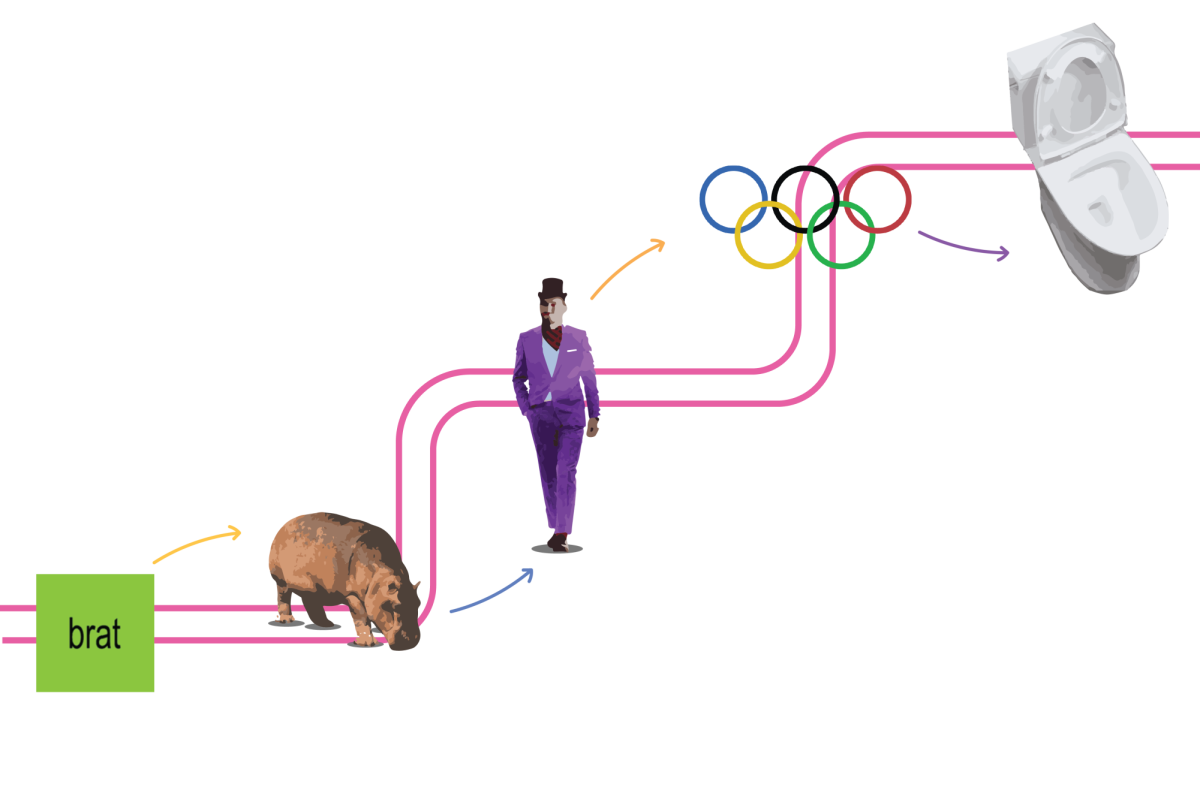While tall people tend to be perceived as more influential, short people have proven the opposite throughout history. From ruthless dictators to inspirational activists, short people have shaped the world, proving that height is never a barrier to leaving a mark. Here is a list of the 11 most influential short historical figures.
11. Yuri Gagarin (5’2)
He was the first human to journey into outer space, when his Vostok spacecraft completed an orbit of the Earth on 12 April 1961.
10. Charles Manton (5’2)
An American criminal who led what became known as the Manson Family, a quasi-commune that arose in the California desert in the late 1960s. Manson and his followers committed a series of nine murders at four locations over a period of five weeks in the summer of 1969.
9. Pablo Picasso (5’4)
As one of the greatest and most influential artists of the 20th century, he is known for co-founding the Cubist movement, the invention of constructed sculpture,[3][4]the co-invention of collage, and for the wide variety of styles that he helped develop and explore. Among his most famous works are the proto-Cubist Les Demoiselles d’Avignon (1907), and Guernica (1937), a portrayal of the Bombing of Guernica by the German and Italian airforces on behalf of the Spanish nationalist government during the Spanish Civil War.
8. Andrew Carnegie (5’0)
He led the enormous expansion of the American steel industry in the late 19th century. He built a leadership role as a philanthropist for the United States and the British Empire. During the last 18 years of his life, he gave away to charities, foundations, and universities about $350 million(in 2015, $13.7 billion) – almost 90 percent of his fortune. His 1889 article proclaiming “The Gospel of Wealth” called on the rich to use their wealth to improve society, and it stimulated a wave of philanthropy.
7. Ludwig van Beethoven (5’3)
A crucial figure in the transition between the Classical and Romantic eras in Western art music, he remains one of the most famous and influential of all composers. His best-known compositions include 9 symphonies, 5 piano concertos, 1 violin concerto, 32 piano sonatas, 16 string quartets, his great Mass the Missa solemnis and an opera, Fidelio.
6. Martin Luther King Jr. (5’6)
King became a civil rights activist early in his career. He led the 1955 Montgomery Bus Boycott and helped found the Southern Christian Leadership Conference (SCLC) in 1957, serving as its first president. With the SCLC, King led an unsuccessful 1962 struggle against segregation in Albany, Georgia (the Albany Movement), and helped organize the 1963 nonviolent protests in Birmingham, Alabama. King also helped to organize the 1963 March on Washington, where he delivered his famous “I Have a Dream” speech. There, he established his reputation as one of the greatest orators in American history.
5. James Madison ( 5’4)
He is hailed as the “Father of the Constitution” for being instrumental in the drafting of the U.S. Constitution and as the key champion and author of the Bill of Rights. After the constitution had been drafted, Madison became one of the leaders in the movement to ratify it. His collaboration with Alexander Hamilton and John Jay produced The Federalist Papers (1788). Circulated only in New York at the time, they would later be considered among the most important treatises in support of the Constitution. He was also a delegate to the Virginia constitutional ratifying convention, and was instrumental to the successful ratification effort in Virginia. Like most of his contemporaries, Madison changed his political views during his life. During the drafting and ratification of the constitution, he favored a strong national government, though later he grew to favor stronger state governments, before settling between the two extremes late in his life.
4. Winston Churchill ( 5’6)
Out of office and politically “in the wilderness” during the 1930s, Churchill took the lead in warning about Nazi Germany and in campaigning for rearmament. At the outbreak of the Second World War, he was again appointed First Lord of the Admiralty. Following the resignation of Neville Chamberlain on 10 May 1940, Churchill became Prime Minister. His steadfast refusal to consider surrender helped inspire British resistance, especially during the difficult early days of the war when the British Commonwealth and Empire stood alone in its active opposition to Adolf Hitler. Churchill was particularly noted for his speeches and radio broadcasts, which helped inspire the British people. He led Britain as Prime Minister until victory over Nazi Germany had been secured.
3. Mahatma Gandhi (5’3)
Born and raised in a Hindu merchant caste family in coastal Gujarat, western India, and trained in law at the Inner Temple, London, Gandhi first employed nonviolent civil disobedience as an expatriate lawyer in South Africa, in the resident Indian community’s struggle for civil rights. After his return to India in 1915, he set about organising peasants, farmers, and urban labourers to protest against excessive land-tax and discrimination. Assuming leadership of the Indian National Congress in 1921, Gandhi led nationwide campaigns for easing poverty, expanding women’s rights, building religious and ethnic amity, ending untouchability, but above all for achieving Swaraj or self-rule.
2. Josef Stalin (5’4)
Under Stalin’s rule, the concept of “Socialism in One Country” became a central tenet of Soviet society, contrary to Leon Trotsky’s view that socialism must be spread through continuous international revolutions. He replaced the New Economic Policy introduced by Lenin in the early 1920s with a highly centralised command economy, launching a period of industrialization and collectivization that resulted in the rapid transformation of the USSR from an agrarian society into an industrial power. However, the economic changes coincided with the imprisonment of millions of people in Gulag labour camps. The initial upheaval in agriculture disrupted food production and contributed to the catastrophic Soviet famine of 1932–33, known as the Holodomor in Ukraine. Between 1934 and 1939 he organized and led a massive purge (known as “Great Purge”) of the party, government, armed forces and intelligentsia, in which millions of so-called “enemies of the working class” were imprisoned, exiled or executed, often without due process. Major figures in the Communist Party and government, and many Red Army high commanders, were killed after being convicted of treason in show trials.
Napoleon Bonaparte ( 5’6)
As Napoleon I, he was Emperor of the French from 1804 until 1814, and again in 1815. Napoleon dominated European affairs for over a decade while leading France against a series of coalitions in the Napoleonic Wars. He won most of these wars and the vast majority of his battles, rapidly gaining control of continental Europe before his ultimate defeat in 1815. One of the greatest commanders in history, his campaigns are studied at military schools worldwide and he remains one of the most celebrated and controversial political figures in Western history.[3][4] In civil affairs, Napoleon had a major long-term impact by bringing liberal reforms to the territories that he conquered, especially the Low Countries, Switzerland, and large parts of modern Italy and Germany. He implemented fundamental liberal policies in France and throughout Western Europe. His lasting legal achievement was the Napoleonic Code, which has been adopted in various forms by a quarter of the world’s legal systems, from Japan to Quebec.














